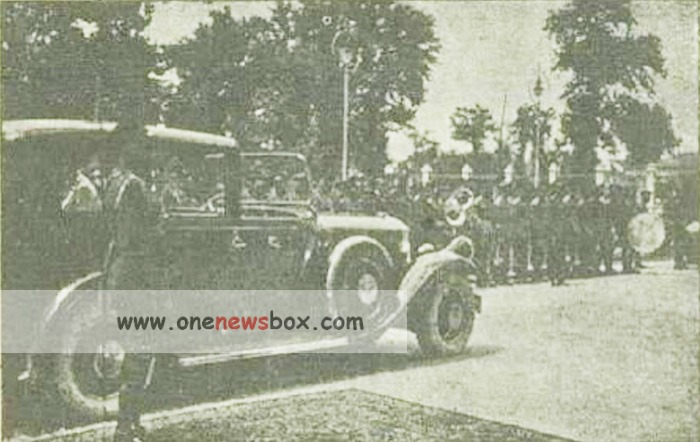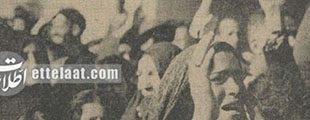The Tenth Term of the National Consultative Assembly and the Evolution of Iran’s Parliament: A Historical and Architectural Survey
On the morning of 15 Khordad 1314 (June 5, 1935), the tenth term of the National Consultative Assembly of Iran (Majles-e Showrā-ye Melli) was officially inaugurated in a ceremonial session attended by Reza Shah Pahlavi and senior government officials. This moment marked a significant step in the institutional consolidation of the Pahlavi state and reflected the growing centralization and modernization efforts championed by the monarch. During this tenth term, 136 representatives from 87 constituencies took their seats. Tehran, as the capital, had the highest number with 12 representatives, followed by Tabriz with 9 representatives, reflecting its historical political and economic significance.
The Historical Genesis of the National Consultative Assembly
The roots of the National Consultative Assembly trace back to the Iranian Constitutional Revolution (1905–1911), during the final years of the Qajar dynasty. The revolution, which was spearheaded by merchants, clerics, intellectuals, and segments of the urban middle class, led to the issuance of the Constitutional Decree by Mozaffar al-Din Shah Qajar in 1324 AH (1906). This decree established the National Consultative Assembly as a representative institution charged with legislative duties, marking a radical transformation in Iranian political life.

